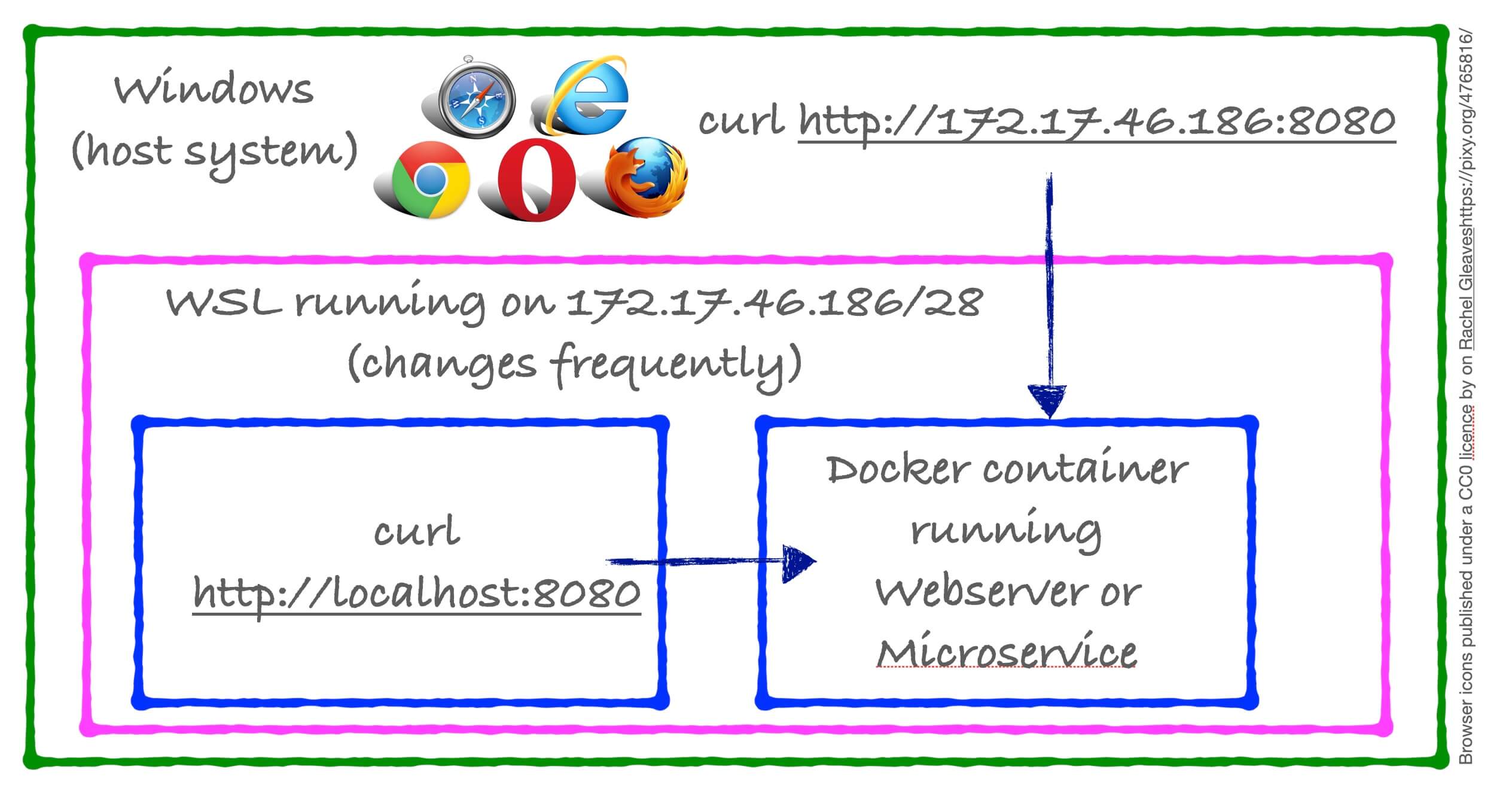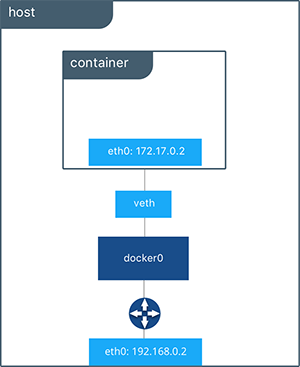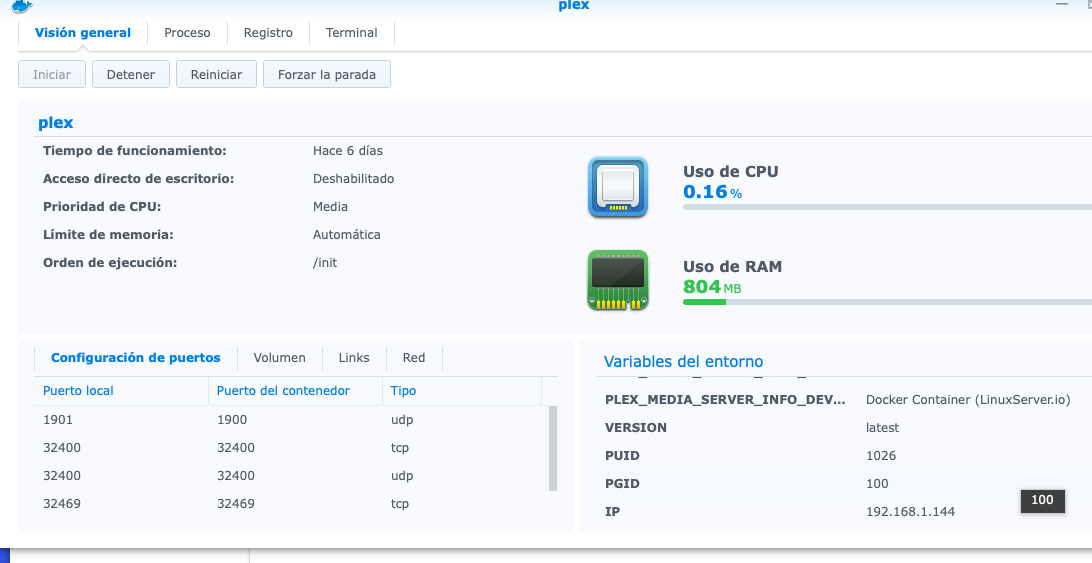

This means values such as f:\\cache_dir are not supported, but f: is supported.

If the destination path drive letter is not c:, paths are not supported for:
Docker network host contaienr failing windows#
The following are some limitations of using Windows containers with The nanoserver variants for the helper image. With the support for Powershell Core introduced in the Windows helper image, it is now possible to leverage The following configurations are supported: The added benefit is that you can test all theĬommands that we will explore later from your shell, rather than having to test That way you can have a simple and reproducible build environment that can also The Docker executor when used with GitLab CI, connects to Docker EngineĪnd runs each build in a separate and isolated container using the predefined Possible with the use of Docker executor. GitLab Runner can use Docker to run jobs on user provided images.
Docker network host contaienr failing how to#
How to use external DNS in all the containers on docker host We are going to see this in the next point. But what if you want to use this custom DNS to all containers which will run on your docker host then you need to define it in the config file. This is a way if you want to use custom DNS in a single container. Make a note that whenever you are using -dns switch it will wipe out all existing nameserver entries within the container and keeps only the one you supply. And you can see /etc/nf inside the container saves this new nameserver in it. In the above example, we chose to have nameserver 10.2.12.2 in the container we run. If you want to use external DNS in the container other than docker native or other than what’s in host’s nf file, then you need to use -dns switch in docker container run command. How to use external DNS in container while starting it All stopped containers will be updated immediately after the host’s file changes. So to pick up changes you need to stop and start the container again.

Docker daemon takes help from the file change notifier and makes necessary changes in the container’s resolve file when there are changes made in the host’s file! The only catch is these changes will be done only if the container is not running. During this filtering, if no nameserver left to add in container’s /etc/nf the file then Docker daemon smartly adds Google’s public nameservers 8.8.8.8 and 8.8.4.4 in to file and use it within the container.Īlso, host and container /etc/nf always be in sync. That’s pretty obvious since that won’t be reachable from container network so no point in keeping them. While copying it filter’s out all localhost IP addresses from the file. When you run a new container on the docker host without any DNS related option in command, it simply copies host’s /etc/nf into container. DNS nameservers in Dockerĭocker is coded in a smart way.

So it is always advisable to use user-customized networks rather than using default docker networks. link is a legacy feature and may be removed in upcoming features. You can add container inter-comm just by using -link option while running container (when on default bridge network) PING nginx1 (172.19.0.4) 56(84) bytes of data.Ħ4 bytes from nginx1.kerneltalks (172.19.0.4): icmp_seq=1 ttl=64 time=0.088 msĦ4 bytes from nginx1.kerneltalks (172.19.0.4): icmp_seq=2 ttl=64 time=0.054 msīut in default docker bridge network (which installs with docker daemon) automatic DNS resolution is disabled to maintain container isolation.


 0 kommentar(er)
0 kommentar(er)
